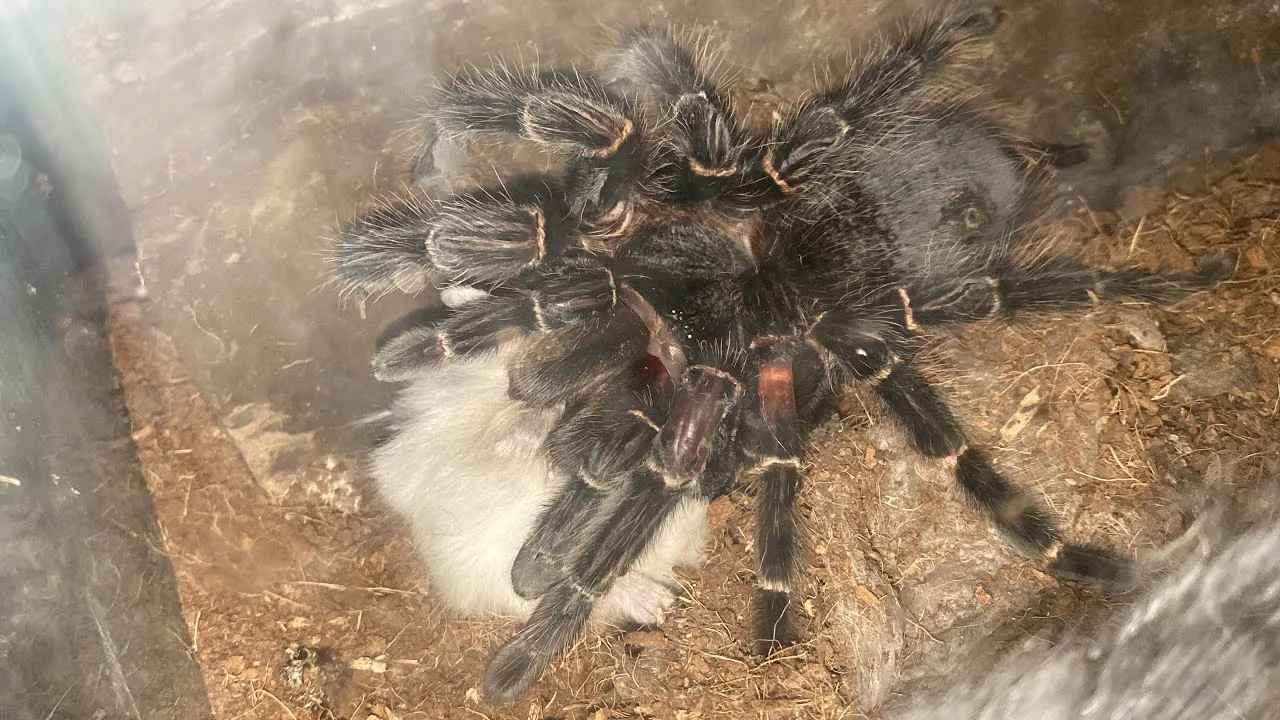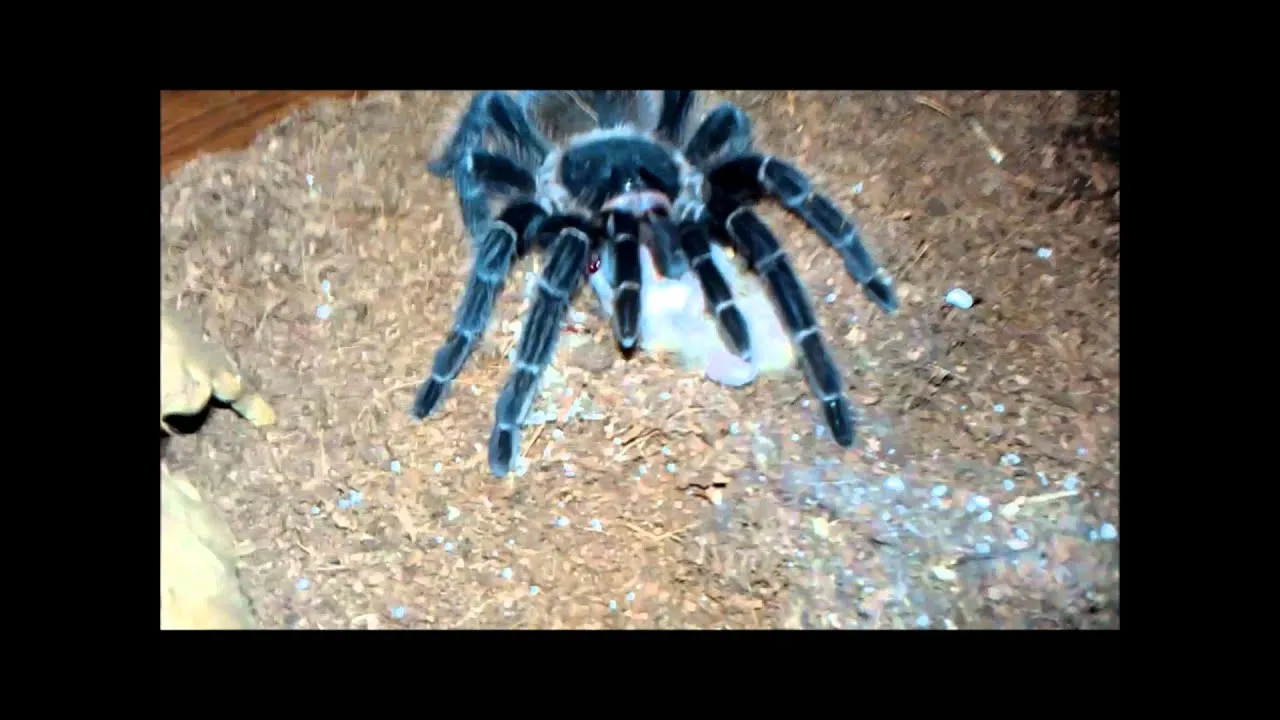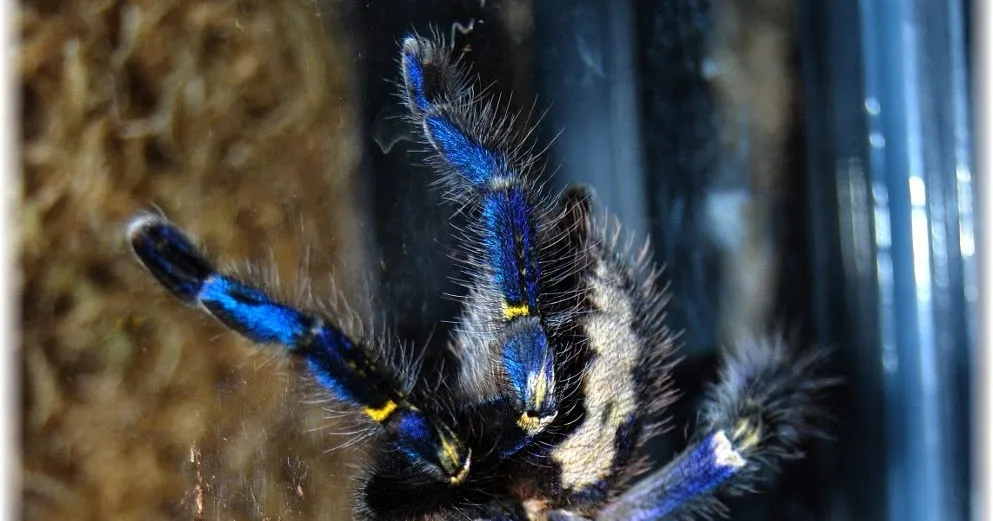Tarantula vs Hamster: Which Makes a Better Pet?
Choosing a pet is a significant decision, often involving careful consideration of lifestyle, resources, and personal preferences. When it comes to unique pets, tarantulas and hamsters often come up as potential choices. Both offer distinct advantages and disadvantages, catering to different types of pet owners. This article delves into a comprehensive comparison of tarantulas and hamsters, exploring their temperaments, care requirements, lifespans, costs, and health considerations, to help you determine which pet best aligns with your needs and expectations. Whether you’re a seasoned pet owner or a first-time enthusiast, understanding the nuances of each animal is crucial for making an informed decision and ensuring a fulfilling pet-owning experience.
Temperament and Handling Tarantulas vs Hamsters
Tarantula Characteristics

Tarantulas, despite their intimidating appearance, are generally docile creatures. They are not typically aggressive and prefer to avoid confrontation, often choosing to flee or hide when threatened. Their behavior is largely influenced by species, with some being more prone to defensive postures, such as flicking urticating hairs (tiny, irritating hairs) or raising their front legs to display their fangs. Handling tarantulas is generally discouraged unless necessary, as it can stress the animal and potentially lead to a bite, though their venom is usually not life-threatening to humans. Tarantulas are solitary animals and do not require social interaction, making them low-maintenance in terms of companionship needs. Their calm nature and independent lifestyle appeal to those who appreciate observing their pets rather than actively interacting with them.
Hamster Characteristics
Hamsters, on the other hand, are known for their playful and energetic nature. They are active, curious, and often enjoy interacting with their owners, though their temperament can vary depending on the species and individual personality. Some hamsters enjoy being handled and may even seek out human interaction, while others are more timid and prefer to be left alone. Proper socialization from a young age is crucial to ensure a friendly and well-adjusted hamster. They are nocturnal animals, meaning they are most active during the evening and night. This can make them a suitable choice for individuals with schedules that allow for evening interaction. Their small size and endearing behaviors often make them popular pets, especially for families with children.
Handling and Interaction
The level of interaction differs significantly between tarantulas and hamsters. Tarantulas are best observed rather than handled frequently, as excessive handling can stress them. If handling is necessary, it should be done carefully, and it is advisable to avoid it if possible. In contrast, hamsters thrive on interaction and handling. They can be trained to respond to their names and enjoy playing with toys and exploring their environment outside of their cages. This makes hamsters ideal pets for individuals seeking a more interactive pet experience, offering opportunities for play, training, and bonding. However, it’s important to remember that not all hamsters enjoy being handled, and it’s crucial to respect their individual personalities and preferences to ensure their well-being.
Care and Maintenance Tarantulas vs Hamsters

Tarantula Habitat and Diet
Tarantulas require a specific habitat to thrive. A well-ventilated terrarium is essential, with appropriate substrate such as coconut fiber or peat moss to maintain humidity levels. The enclosure should be furnished with a hide or burrow to provide a sense of security, along with a water dish. Temperature and humidity control are crucial, depending on the species, and should be carefully monitored. Feeding tarantulas typically involves live insects, such as crickets, mealworms, or roaches. The frequency of feeding varies based on the tarantula’s age and species, but generally, adults are fed once or twice a week. Providing clean water at all times is essential for their survival. Maintaining a clean and appropriate enclosure is vital for the tarantula’s health and well-being, including regular spot cleaning and substrate changes.
Hamster Habitat and Diet
Hamsters require a secure and spacious cage with good ventilation. Wire cages with solid bottoms are generally preferred to prevent their small feet from getting caught. The enclosure should include a bedding material like paper-based bedding or aspen shavings, a food dish, a water bottle, and a variety of toys, such as a wheel, tunnels, and chew toys, to stimulate them and promote their well-being. Hamsters are omnivores and require a balanced diet that includes commercial hamster food pellets, fresh vegetables, and occasional protein sources. Fresh water must be available at all times. Regular cage cleaning, including spot cleaning daily and a full cage change once or twice a week, is crucial for maintaining a healthy environment and preventing odors.
Lifespan and Commitment Tarantulas vs Hamsters

Lifespan Comparison
One of the significant differences between tarantulas and hamsters is their lifespan. Tarantulas, especially females, can live for a very long time, with some species living for 20 to 30 years. This long lifespan requires a considerable commitment from the pet owner. Hamsters, on the other hand, have a much shorter lifespan, typically 2 to 3 years. This shorter lifespan means that the commitment is shorter but also allows for a more rapid turnover if the owner is looking for a pet for a limited time. This difference in lifespan should be a critical consideration when choosing between the two animals, as it directly affects the duration of your responsibility and the type of bond you can expect to form.
Commitment and Responsibility
The commitment level associated with each pet is different. Tarantulas require consistent care in their enclosure, regular feeding, and attention to their environmental needs. However, they don’t demand a lot of direct interaction. The primary responsibility involves maintaining their environment. Hamsters, due to their interactive nature, need more frequent attention. This includes daily interaction, play time, and regular cleaning, along with the responsibilities of feeding and providing fresh water. The choice depends on the owner’s lifestyle, available time, and the degree of interaction they desire with their pet. The long lifespan of a tarantula, however, necessitates a more extended commitment compared to the relatively shorter lifespan of a hamster.
Cost and Availability Tarantulas vs Hamsters

Initial Costs
The initial costs for tarantulas and hamsters can vary. Tarantulas themselves can range in price, depending on the species and age. Their enclosures can be relatively affordable, but specific equipment like temperature and humidity gauges may add to the expense. The cost of live food is an ongoing expense, but it can be managed effectively. Hamsters are generally less expensive to acquire. Their initial cost, along with their cages and supplies, is often more economical. The toys and enrichment items for a hamster’s habitat can also contribute to the initial cost. Overall, the initial investment in terms of setup and supplies may be lower for hamsters.
Ongoing Costs
The ongoing expenses include food, bedding, and any necessary vet care. The cost of feeding tarantulas is usually lower compared to hamsters, given their lower food requirements. However, the need for live insects might require an ongoing supply or breeding setup. Hamsters will require more frequent purchases of food and bedding due to their higher consumption rates and need for regular cage cleaning. Veterinary care for both animals could arise due to illness or injury. However, hamsters might require more frequent vet visits during their shorter lifespan. These recurring costs are essential to consider when budgeting for pet ownership.
Legality and Availability

Tarantulas are legal to own in most places, but it’s important to check your local and state laws. Some species may be restricted or require permits. Tarantulas are generally available from reputable breeders or pet stores that specialize in exotic pets. Hamsters are widely available in most pet stores, and owning one is legal in almost all jurisdictions. This ease of access makes them a straightforward choice. The availability factor contributes to how easily one can acquire and care for the pet. The regulations that govern the ownership of animals need to be checked prior to committing to either pet.
Health and Safety Tarantulas vs Hamsters
Health Concerns for Tarantulas
Tarantulas have specific health concerns that pet owners must be aware of. Improper humidity or temperature can lead to molting problems or other health issues. Injuries can occur if the tarantula falls from a height. Infections can happen due to poor sanitation. It is crucial to monitor the tarantula’s behavior and appearance to catch any signs of illness or distress. The availability of specialized veterinary care for tarantulas can be a challenge depending on the geographic location. Owners should know where to find a qualified veterinarian if needed.
Health Concerns for Hamsters

Hamsters are prone to a variety of health problems. Common health concerns include wet tail, a bacterial infection; respiratory infections; and dental issues due to improper diet or chewing habits. Hamsters can also develop tumors or other cancers. Regular check-ups and a balanced diet are necessary to prevent potential health problems. The small size of hamsters can also make it more challenging to detect health problems early. Proper care and attention to their living conditions are important to prevent illnesses. Access to veterinary care can also be a consideration when owning a hamster, as small animal specialists may be required.
Allergies and Bites
Both tarantulas and hamsters can pose allergy or bite risks. Some individuals may be allergic to the urticating hairs of tarantulas, causing skin irritation or respiratory problems. Tarantula bites are generally not life-threatening, but they can be painful. Hamsters can bite if they feel threatened or scared. Their bites can be painful and may cause a minor injury. Proper handling and hygiene can minimize these risks. Careful observation of each animal’s behavior and the environment they live in are also important.
Final Verdict Which Makes a Better Pet?
The answer to whether a tarantula or a hamster makes a better pet depends entirely on the individual’s lifestyle, preferences, and commitment level. If you’re seeking a low-maintenance pet with a long lifespan and are fascinated by observing unique creatures, a tarantula might be a suitable choice. However, if you desire a more interactive pet that thrives on handling and offers opportunities for playtime, training, and building a bond, a hamster could be a better fit. Consider all aspects, from temperament and care requirements to cost and lifespan, to make an informed decision. By carefully evaluating these factors, you can select the pet that best aligns with your needs and guarantees a positive and fulfilling pet ownership experience. Remember that any pet requires a commitment to provide the best possible care to ensure a happy and healthy life.
